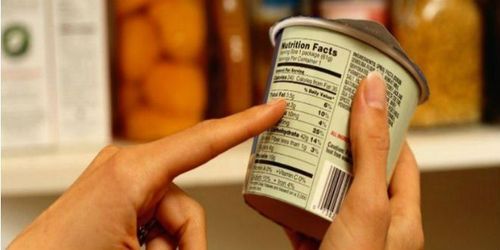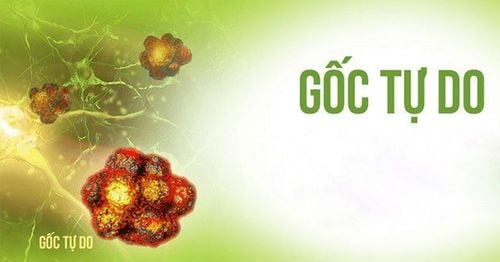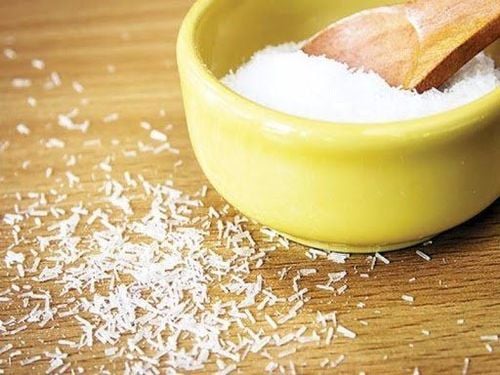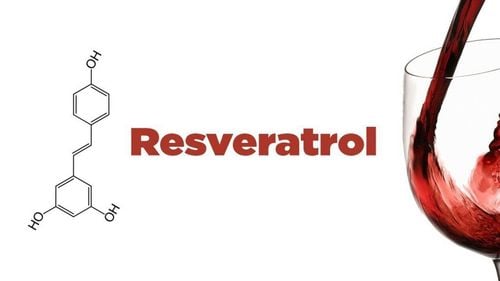This is an automatically translated article.
Additives are used in food to perform specific functions with the aim of improving the quality of the food product. These substances can be naturally occurring or man-made. These include antioxidants, colorants, and flavor enhancers.
1. What is a food additive?
Food additives are substances added to foods to perform a specific set of functions. Additives can be classified as natural, intrinsic or man-made.
Natural additives are substances that are found naturally in foods and are extracted from one food to be used in another food. For example, beetroot juice with its bright purple color can be used to color other foods such as sweets. Identical additives are essentially artificial copies of additives found in nature. For example, benzoic acid is a substance found in nature but also produced synthetically and used as a preservative. Artificial additives are not naturally found in foods and are made synthetically. An example is azodicarbonamide, a flour improver used to help bread dough stick together.
2. Purpose of using additives in food production and processing
Additives are used in food production and processing for a variety of functions including:
To maintain the nutritional composition of food and keep food safe To make food look good and tastier To prolong the shelf life and storage life of food products To improve the nutritional composition of the product (e.g. increase vitamin content, e.g. by adding ascorbic acid) Assist in the processing processing and manufacturing or a food preservative (e.g. emulsifier, to help mix ingredients).
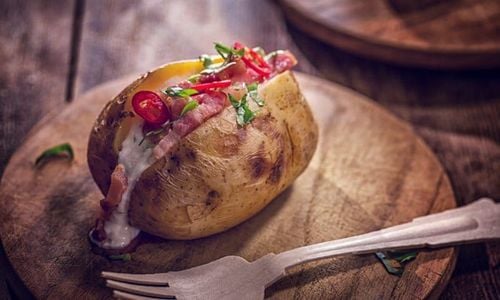
Sử dụng chất phụ gia hợp lý giúp món ăn ngon hơn
3. Functions of food additives
Food additives are usually grouped according to their function. The main groups of food additives are described below:
Antioxidants reduce the ability of oils and fats in foods to combine with oxygen and change color or turn rancid. Rotten fats have an unpleasant taste and smell and are a health risk. Antioxidants are also used in fruits, vegetables, and juices to extend shelf life. Vitamin C (ascorbic acid) is one of the most widely used antioxidants (binding with vitamin C). Colorants are used to make food look more appetizing. During the processing of some foods, the color can be lost, so additives are used to restore the original color. For example, canned marrow peas. Coloring additives can also be used to make existing food colors brighter, such as to increase the yellowness of custard apple. Colors are natural (e.g. curcumin (E100) is a turmeric extract with a yellow color), natural or artificial. Some colors are also vitamins (eg riboflavin and beta-carotene) and these are the only colors allowed in baby food. Flavor enhancers are widely used in salty foods to enhance existing flavors in foods. MSG is an example of a flavor enhancer. High strength or bulk sweeteners. Concentrated sweeteners (e.g. saccharin and aspartame) are many times sweeter than sugar and are therefore only used in small amounts. This makes them suitable for use in products such as diet drinks, which are very low in calories. Bulk sweeteners (such as sorbitol and sucralose) have a similar sweet taste to sugar and should be used in similar amounts to sugar in foods. Preservatives are used to help keep foods safe to eat for longer. Any processed food with a long shelf life is likely to include a preservative, unless another preservation method has been used, such as frozen, canned, or dried. Traditional methods of using sugar, salt and vinegar are still used to preserve some foods. Emulsifier, stabilizer, gelling agent and thickener. Emulsifiers help to mix ingredients like oil and water that are normally separate; stabilizers prevent them from dissociating again. They are used in foods such as ice cream. Gels are used to give foods a gel-like consistency, while thickeners increase the viscosity of foods.
4. Controlling food additives
All additives are thoroughly evaluated for safety before they are allowed to be used and then they are only allowed to be used in a limited number of products and in certain quantities. This amount is based on the Acceptable Daily Intake (ADI) calculated by the European Food Safety Authority (EFSA) from the results of safety tests.
ADI represents an amount that can be consumed daily over a lifetime without significant health risk. Approved additives are numbered and associated with the letter E. The letter E indicates that the additive has been accepted as safe for use in the European Union. Even when an additive has been approved, regular repeat testing is required to maintain status as approved. Food labels provide information on most of the additives included in ingredient lists so that consumers can make informed choices.
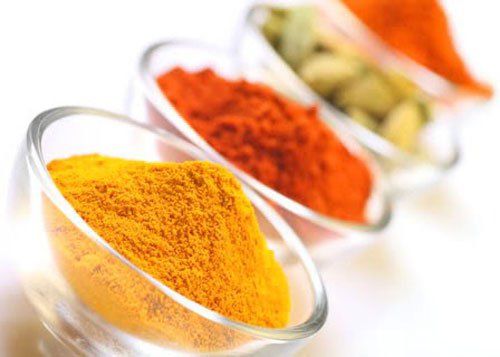
Chất phụ gia cần được về độ an toàn trước khi được phép sử dụng
5. Food additives and children's behavior
Some parents report that artificial colors and preservatives cause hyperactivity in their children. Although randomized controlled trials often fail to demonstrate an association.
However, some published studies suggest that a mixture of certain artificial colors used in foods and beverages, along with the preservative sodium benzoate, is associated with hyperactivity in some children. , although it remains unclear whether this is the cause of hyperactivity.
These artificial colors are Sunset yellow (E110), Tartrazine (E102), Carmoisine (E122) Ponceau 4R (E124), Quinoline yellow (E104) and Allura red (E129). Food and drinks containing any of these six colors must have a warning on the package.
This means it may have an adverse effect on activity and attention in children. The Food Standards Agency (FSA) encourages manufacturers to look for alternatives to these colors. Some manufacturers and retailers have taken action to remove them. For more information, click on the link to the FSA advice.
Please dial HOTLINE for more information or register for an appointment HERE. Download MyVinmec app to make appointments faster and to manage your bookings easily.
Article referenced source: nutrition.org.uk



